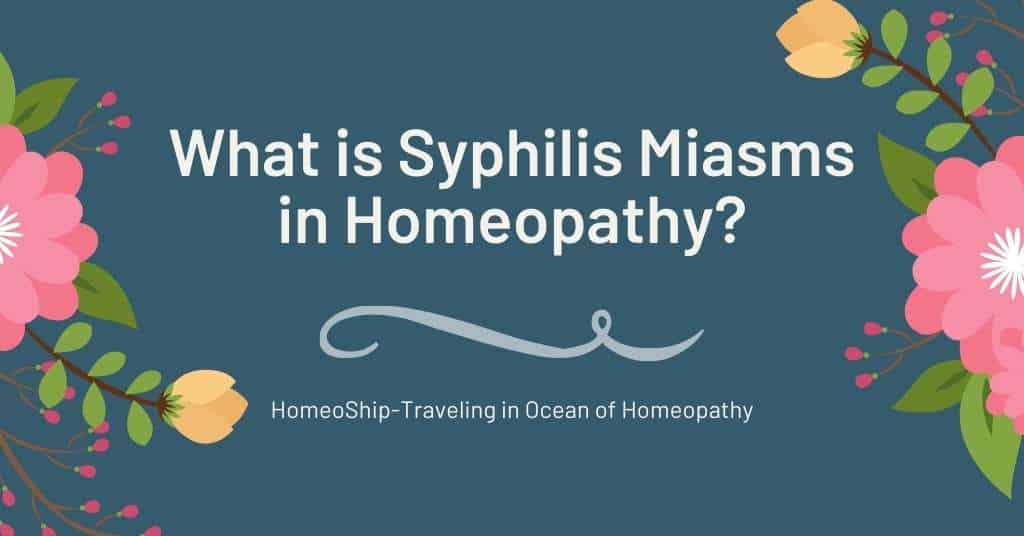The Genus epidemicus was explained by Master Hanemann in his book Organon of Medicine in Aphorism 102 specifically, however, there are multiple spaces where it is mentioned in the Organon of medicine. Before reading the genus epidemicus you must understand acute disease and chronic disease, in detail, then move ahead here. Every epidemic disease is different from the other and every episode of the epidemic has to be treated by a homeopath as the new one.
After examining several individual cases in that area, the remedy has to be selected based on the entire totality selected from the group of people. This can be termed as the group totality. However, a careful observer by just investigating the first or second patient can find the nature of that particular epidemic based on which he can select the suitable “genus epidemicus” for that epidemic disease (§ 102).
Genus Epidemicus is the remedy selected homeopathically for those diseases in which several people have similar sufferings from the same cause. This genus epidemicus can be used not only as a curative but also as a preventive against this particular epidemic. For every new epidemic disease, the physician has to select a new “genus epidemicus” separately.

Example:
(footnote to § 73)
1. Hahnemann used Belladonna as the genus epidemicus for epidemic diseases called scarlet fever in the year 1801.
2. A kind of purpura miliaris that came from the West was also successfully controlled by the use of Aconite. This was the genus epidemic of that particular epidemic.
3. In the current scenario of c0v!d, Ayush Homeopathy Dept., Govt of India has decided Ars Alb – 30 as genus epidemic.
A homeopathic physician does not consider the names of the diseases for treating the diseases as the old school does, but he treats every patient as an individual based on his peculiar symptoms.
Case Taking In Epidemic Diseases
(§ 100-102) Investigations:
1. Hahnemann believed that every epidemic or sporadic disease is different from each other. No epidemic disease or sporadic disease should be considered by a homeopath as the same old one that occurred in the past.
Example: Two cholera epidemics occurring in two different localities cannot be considered the same. On careful observation of the patient’s symptoms, we can find them to be different from each other.
2. The physician has to consider the picture of every prevailing disease as a new and unknown one. The old medicine that worked effectively at that particular time cannot be used to treat the present epidemic.
3. On careful examination, we can find that the present disease phenomenon of the epidemic is unique and different from the previous epidemic disease. In this context, Hahnemann excludes the fixed miasmatic diseases smallpox and measles, etc. where the contagious principle always remains unchanged (§ 100).
Uses of the Genus Epidemicus
1. For the treatment of epidemic disease: Once the task of selecting the genus epidemicus is over, the labor of selecting an individual remedy for each and every person separately is also over. This helps in saving the time of the physician and helps in treating several patients in a relatively short period, ineffective manner.
2. For preventive purposes: The same genus epidemicus can be used as the preventive medicine for each and every healthy person in that epidemic area. Hence, the genus epidemicus is used as a preventive as well as a curative remedy.



